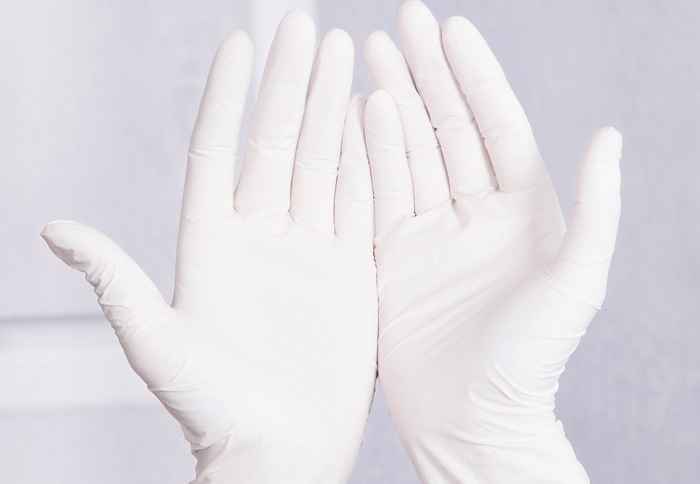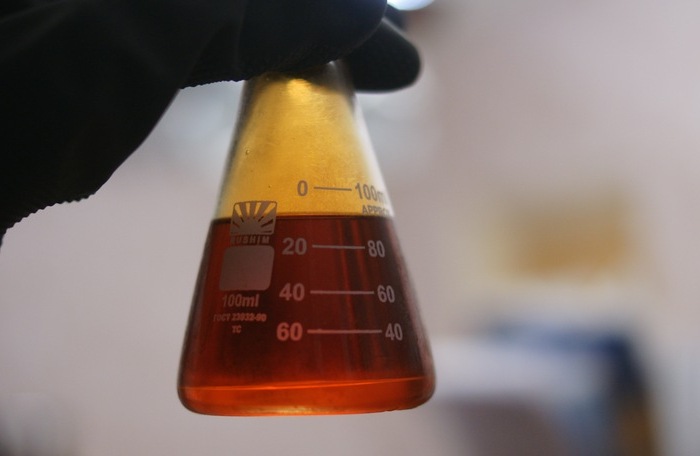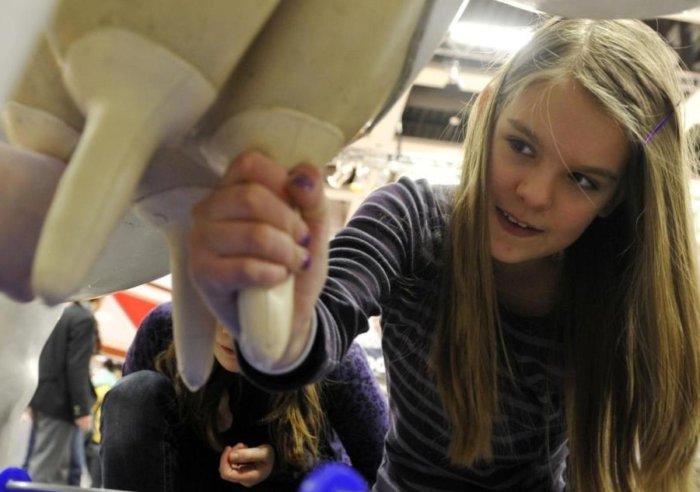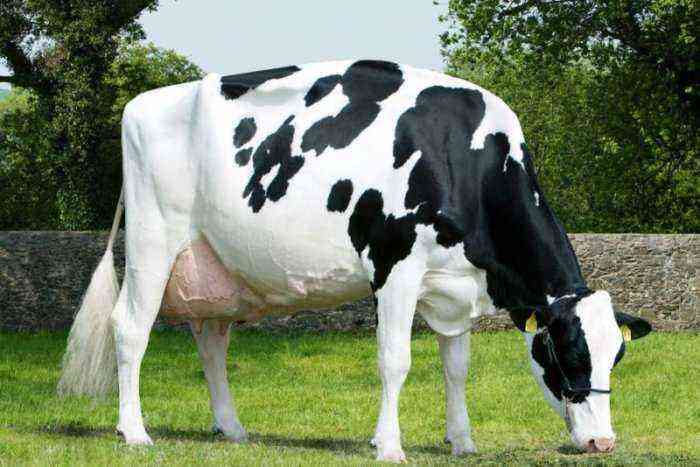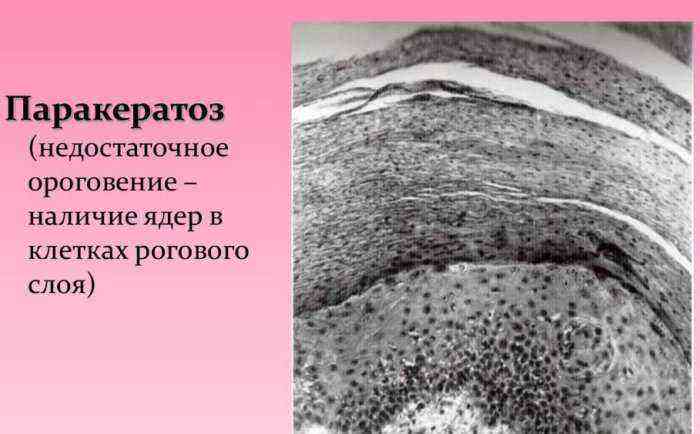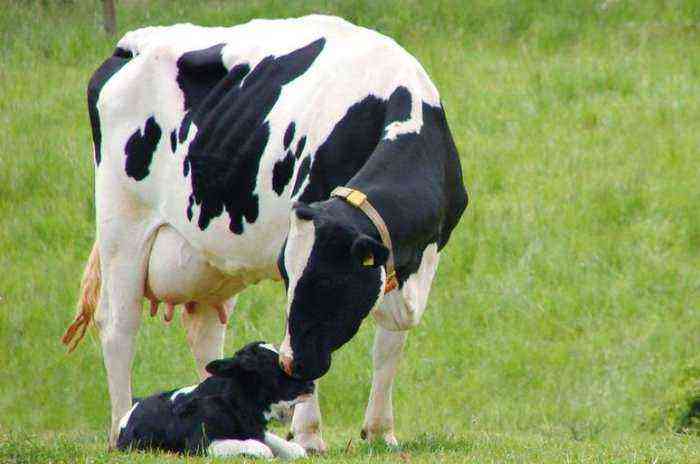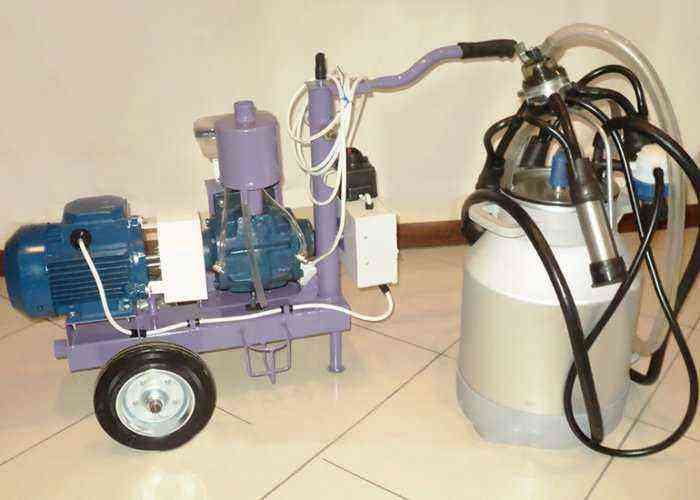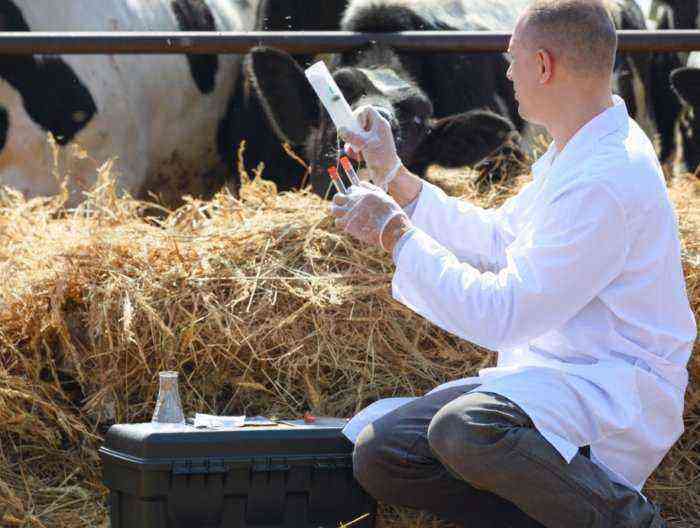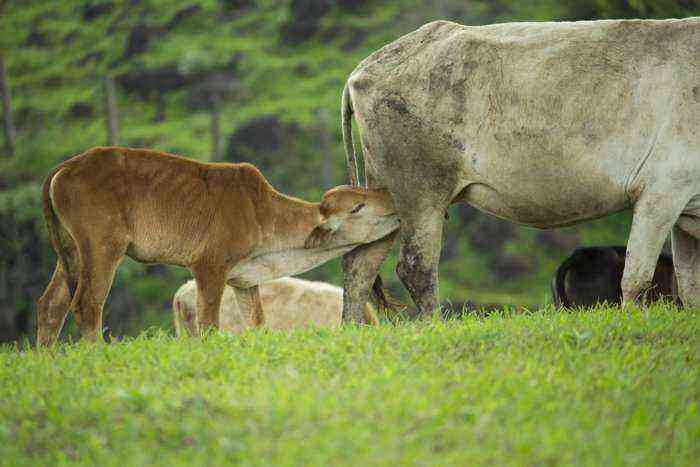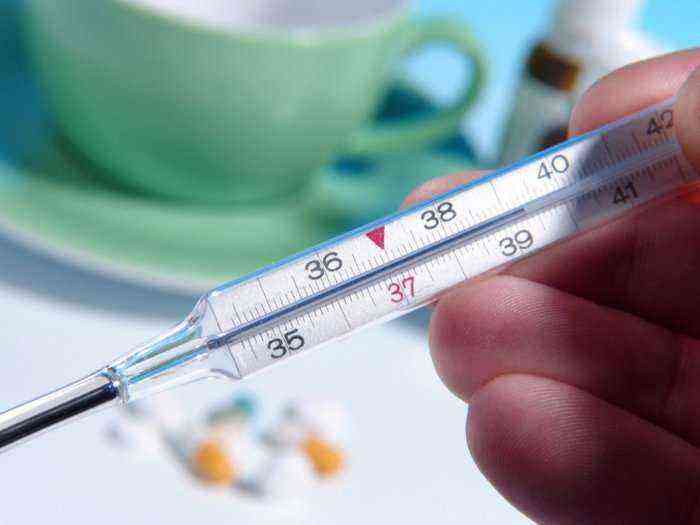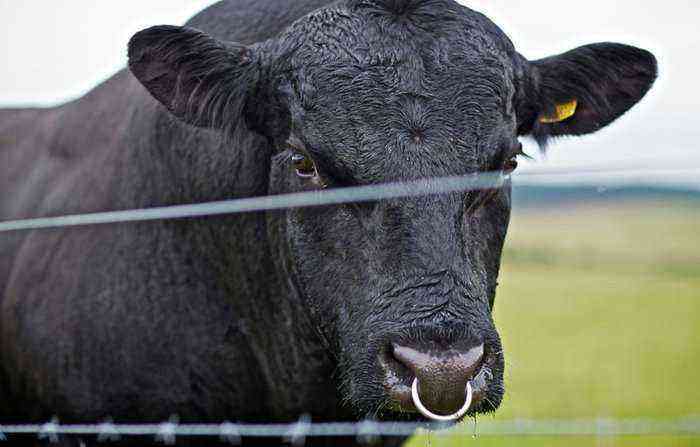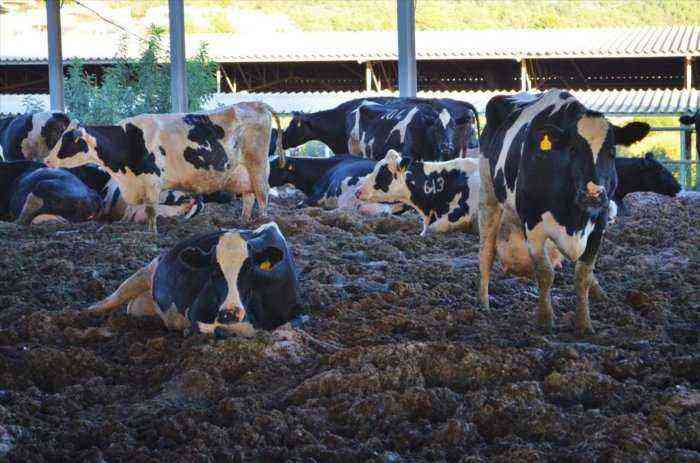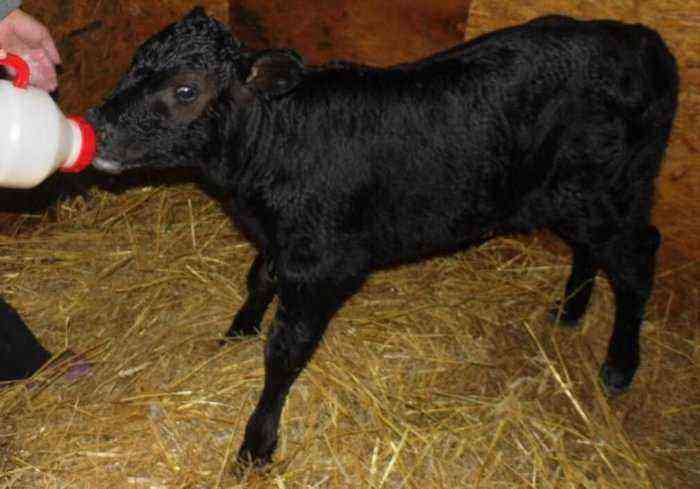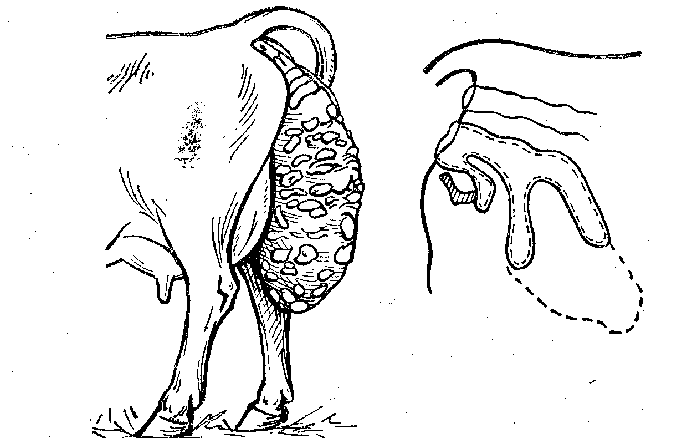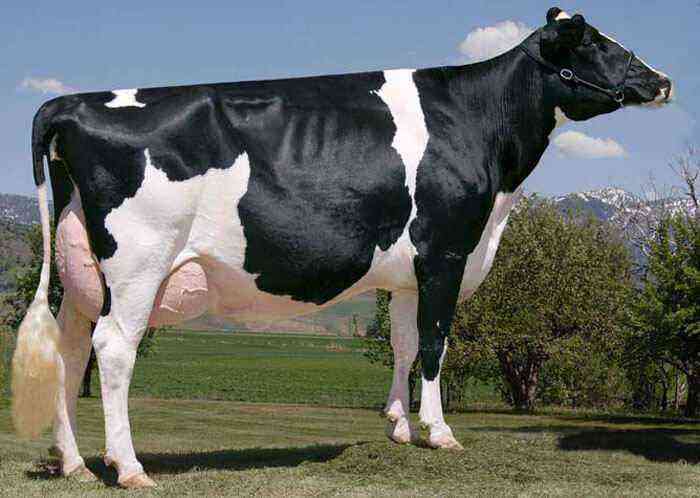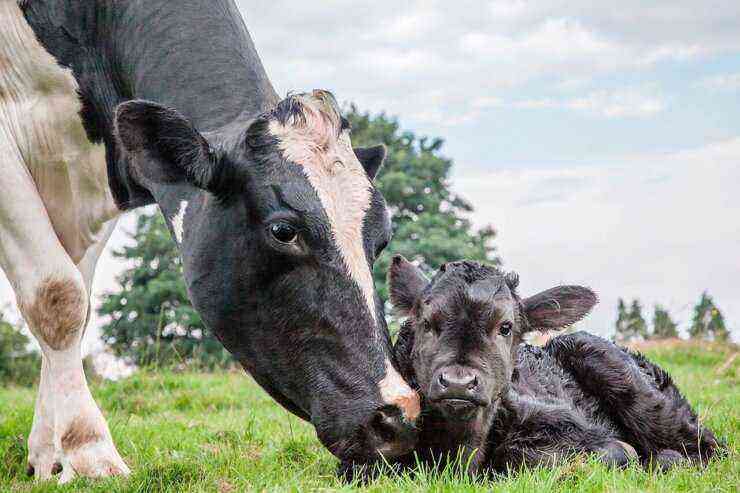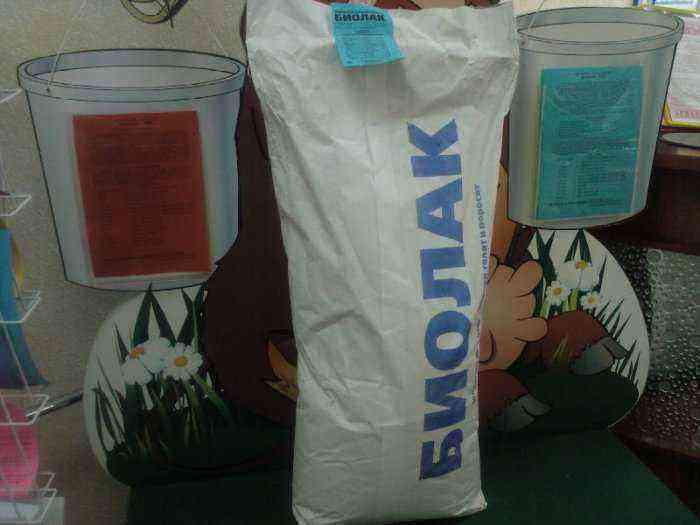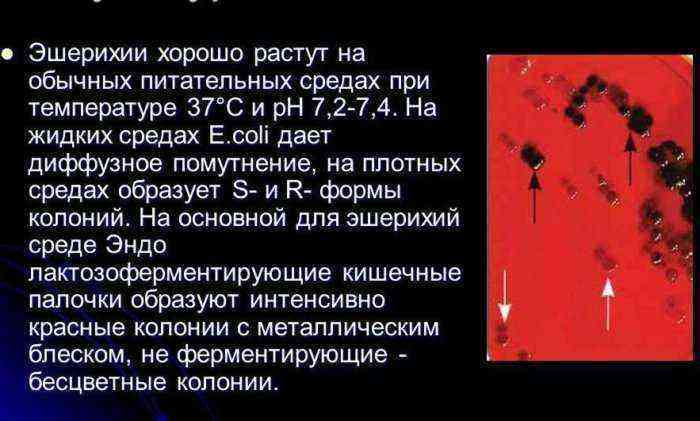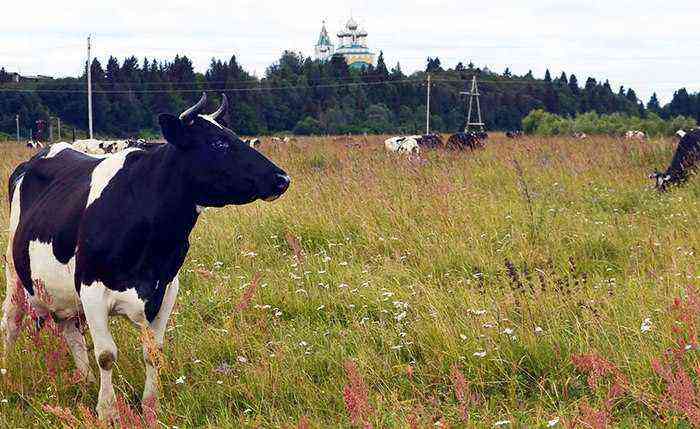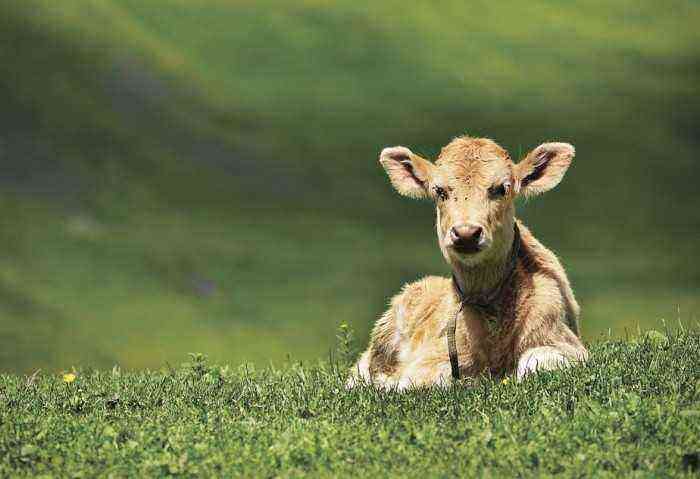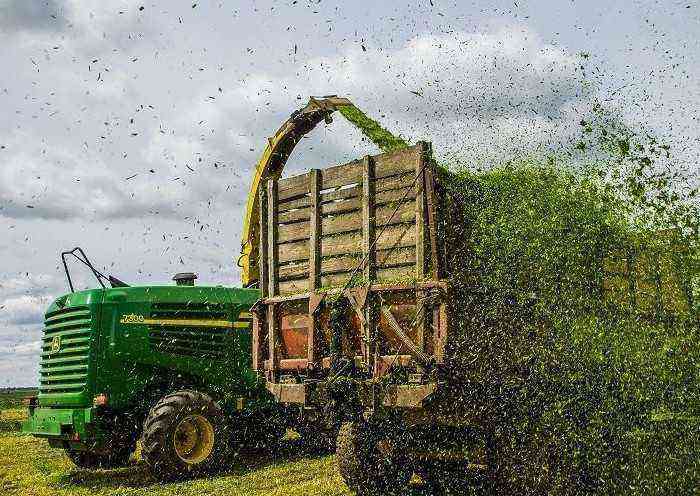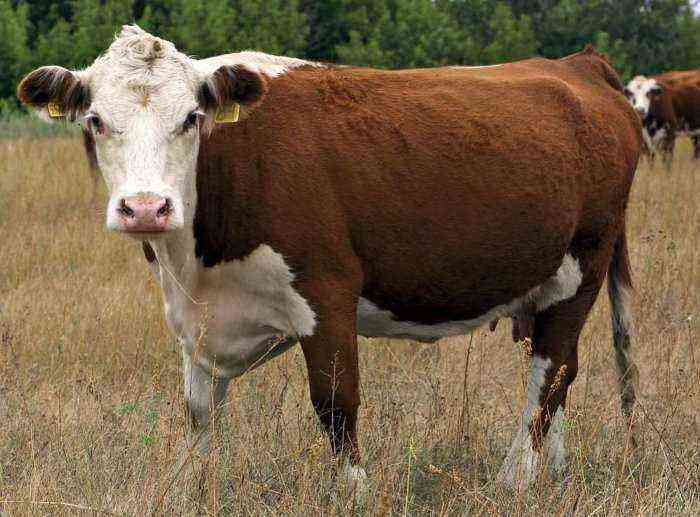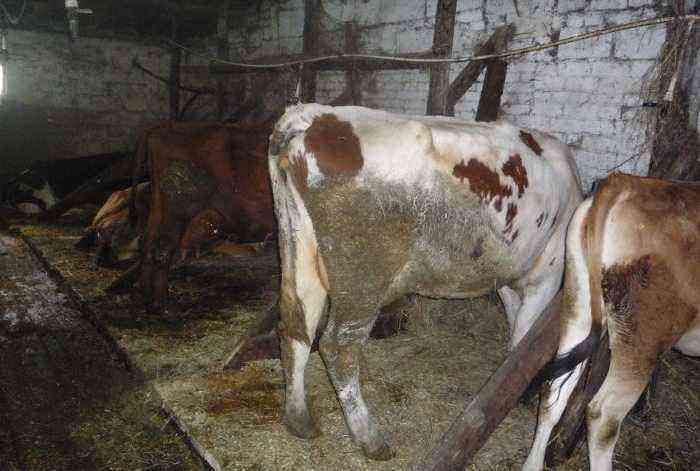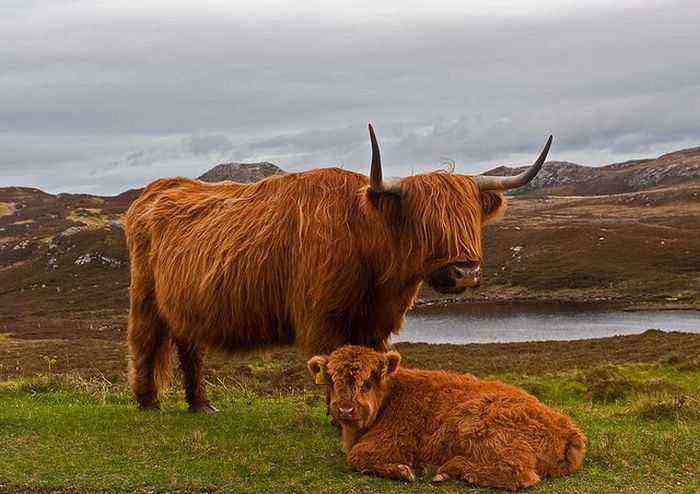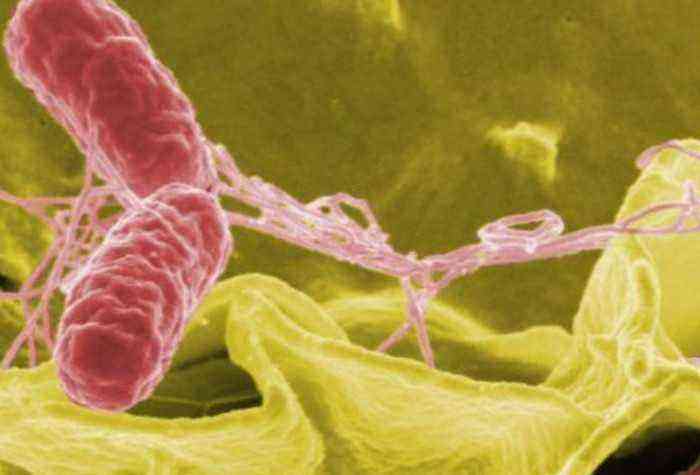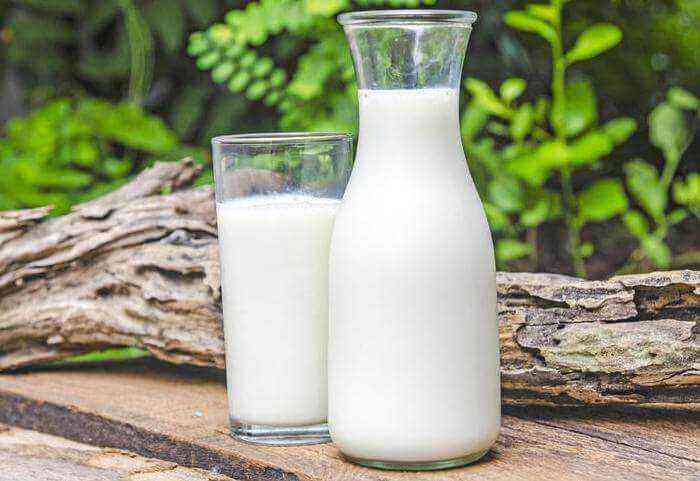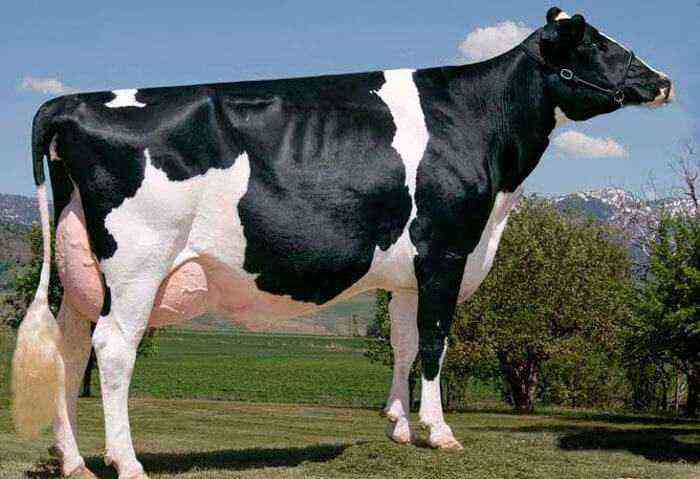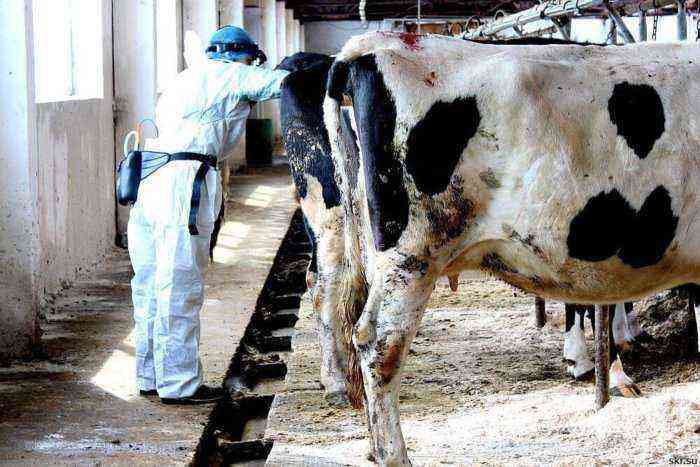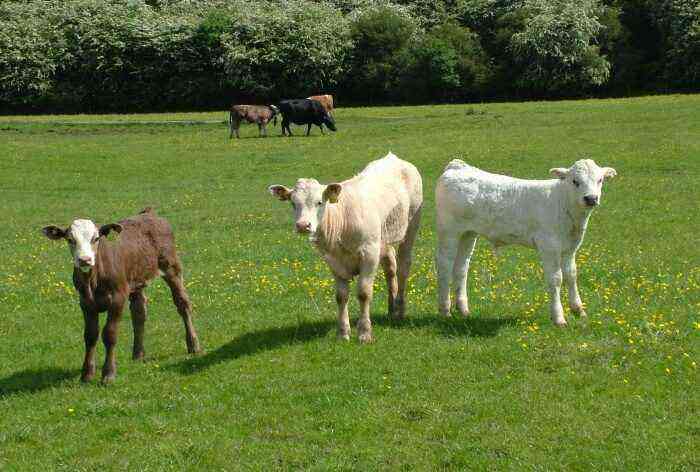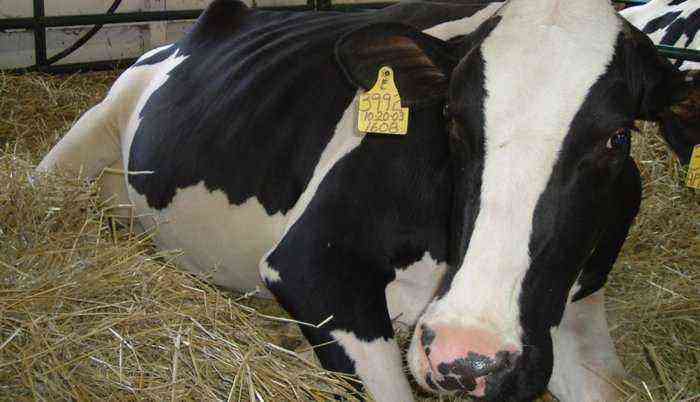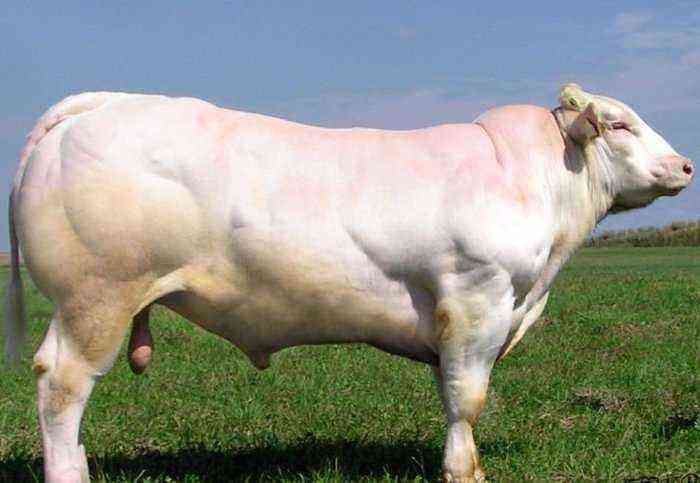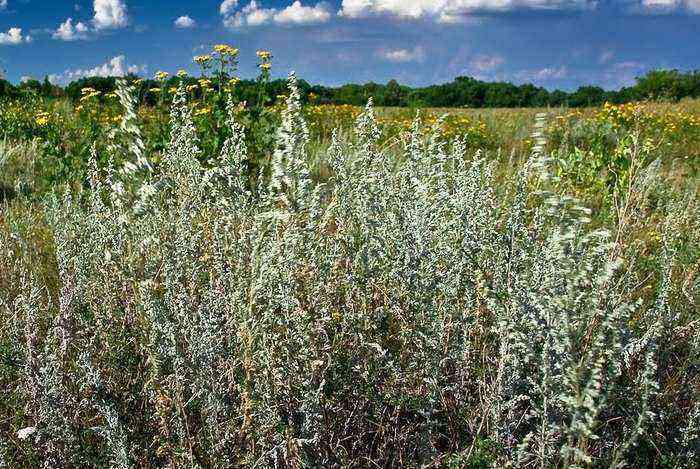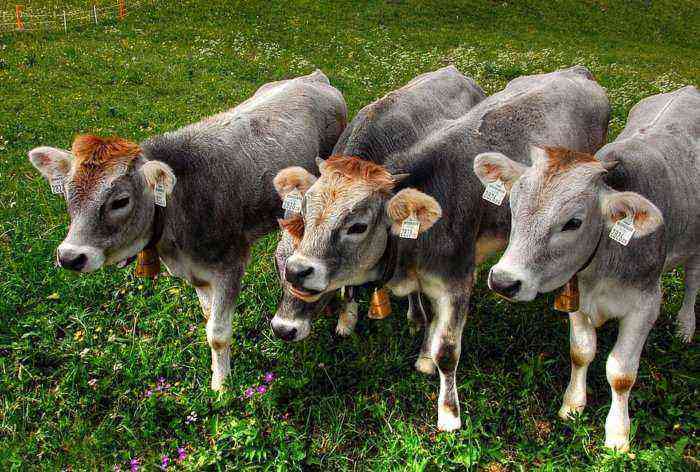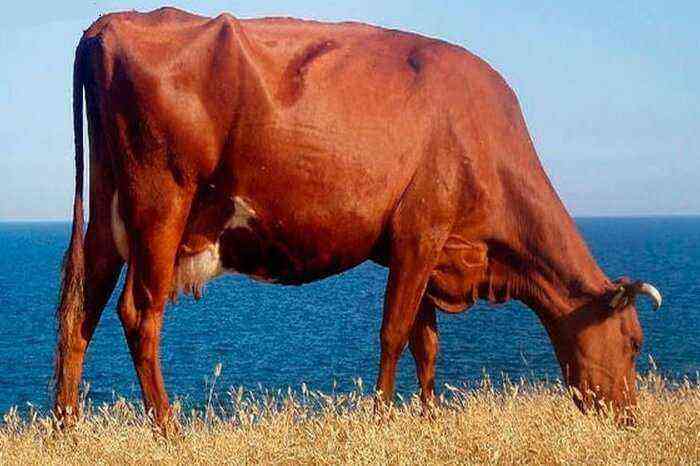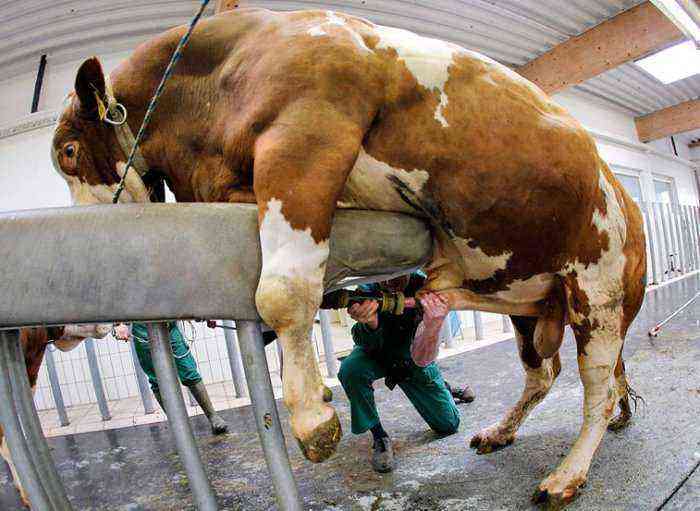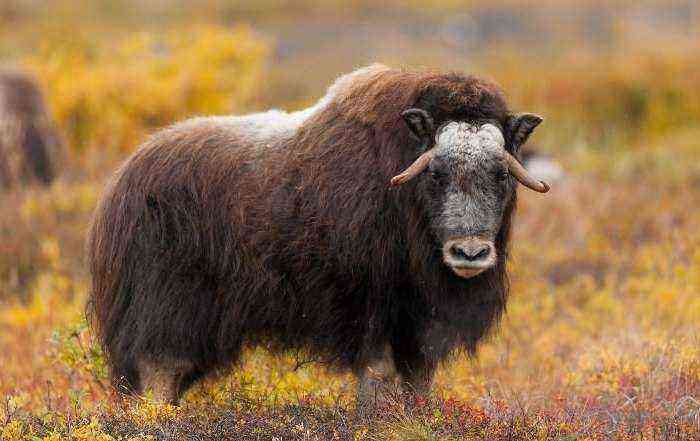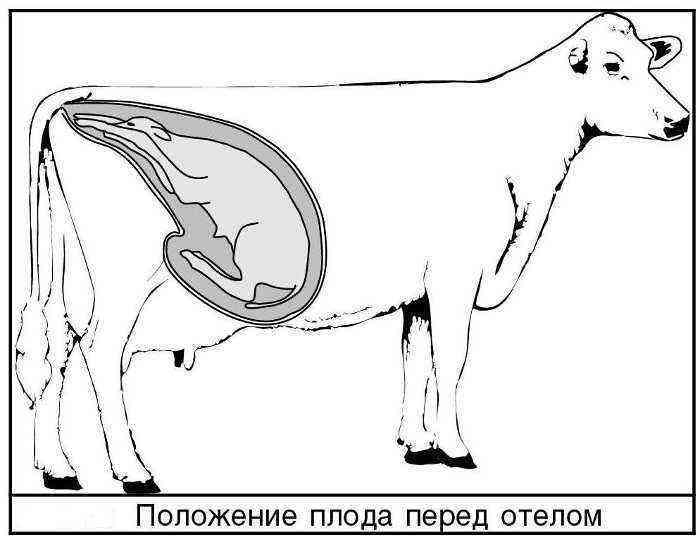Most of those who decide to get a cow, sooner or later faced with various troubles. There is a wide range of dangerous and not very diseases, the symptoms of which an unprepared person may not notice. One of these outwardly harmless signs of a dangerous disease are warts on the udder of a cow.
Warts on the udder of a cow
What are warts?
Warts in both humans and cows are benign tumors. In horned ones, they usually appear near the udder, around or on the udder itself in small groups of 5-6 pieces. Sometimes it happens that 2-3 warts coalesce into one fold, which will exfoliate in the future.
It also happens that a single growth forms on the udder, the diameter of which varies from 14 to 65 mm.
Formations in all these cases arise for one common reason.
Reasons for infection
Warts or, in more scientific terms, papillomas, are a sign of a viral disease.
People who raise dairy cows say that if the growths do not interfere with the milking process, then they can be forgotten. However, veterinarians believe that it will not be superfluous to treat even seemingly harmless papillomas.
The highest chance of infection in those cows that graze in open meadows, and the source of water for them is the nearest lake or pond. In such water places, in addition to the liquid itself, there is a large amount of silt, algae, impurities and viruses that, when entering the body, are concentrated in the udder.
Reference. It often happens that even living in a frequently cleaned stall, with improper milking, microcracks can form, into which bacteria enter.
Diagnostics
Under normal conditions, warts do not appear on the udder of a cow in a few minutes. The growth occurs within 3 weeks, at which time you can not only have time to consult with a veterinarian, but also stop the development of a tumor, albeit a benign one.
You can only touch the udder with gloves
During the period of illness, you should not touch the infected area without disposable gloves, as with dirty hands you can only aggravate the situation. During infection, you should not even try to milk the animal.
Vaccination
As with any other disease, the papilloma vaccine is made from the growths themselves. To do this, veterinarians in a certain sequence and in certain volumes mix the crushed wart, physical. solution, glycerin and to suppress the negative effect – formalin.
Usually, vaccination is carried out after infection of the cow and guarantees the absence of this disease in the future. However, there are vaccines used just to prevent even a single infection. True, they do not give a 100% chance of recovery because such drugs are made on the basis of papillomas of other cows.
How to treat warts in a cow on an udder
Treatment of warts in cows is necessary because the growths, which now do not harm health, will remind of themselves with any slightest illness in an animal. These formations will not lead to a fatal outcome, but they will be able to deprive the horned milk for several months.
What does medicine say?
To fix the problem, you need to act simultaneously from the inside and outside. It will not be superfluous to isolate the cow and add magnesia to her water. The exact dose is calculated by specialists, based on the body weight of the animal. The udder itself must be treated with nitric acid, the number of repetitions must also be indicated to you by the veterinarian.
Nitric acid
Folk remedies
The simplest folk remedy that experienced farmers have been using for many years is to stop papilloma feeding. To remove warts from a cow, it is enough to pull out 1 hair from the tail and bandage the neoplasm with it. This method only works if the growth is convex or mushroom-shaped. By bandaging it, you restrict its nutrition. With this method, after 3-4 days, the wart will dry up and fall off by itself.
And a few more treatments commonly used by people:
- Treatment with a decoction of potatoes. To do this, boil the potato peel for 15 minutes and process the nipples with a dark liquid that turned out during cooking for a week, 3 times a day.
- A decoction of lungwort is prepared similarly to a recipe with potatoes, but the number of treatments per day will need to be increased to 6 repetitions.
- Do not forget about solid oil, but you should be careful with it. There is no minimum or maximum number of times it is necessary to treat a wart with such a remedy.
Prevention
On the Internet you can find a lot of different information about the prevention of diseases of the udder, but in reality there are only a few basic rules.
First, it is very important to handle the udder carefully. At the end of the milking process, when milk comes with relative difficulty, you should not try to squeeze out the last drops. Otherwise, you can create microcracks, which in the future will lead to the formation of warts and papillomas.
Manual milking of cows
For the same prevention of the appearance of cracks, it will not be superfluous to lubricate the udder and nipples of the animal with butter or fat. If you decide to mash the udder, then you need to do this only under warm water and be sure to wipe it with a towel in the future.
Delete or not?
Based on the foregoing, the answer to the question: “Do I remove warts” can be answered with confidence: “Yes.”
In the event that, due to inattention, you did not notice the neoplasm or simply decided to ignore it, in a good case, the cow will get sick with vaginitis, its treatment will require a lot of time and money. In a bad scenario, papilloma will develop into purulent peritonitis, in the event of which, in most cases, the life of livestock ends within a few months.
Conclusion
Even if now the neoplasms do not interfere with the cow’s milking and seem harmless, in the future, when the immune system is suppressed, the warts will deprive the cow of milk for the next months to come.
